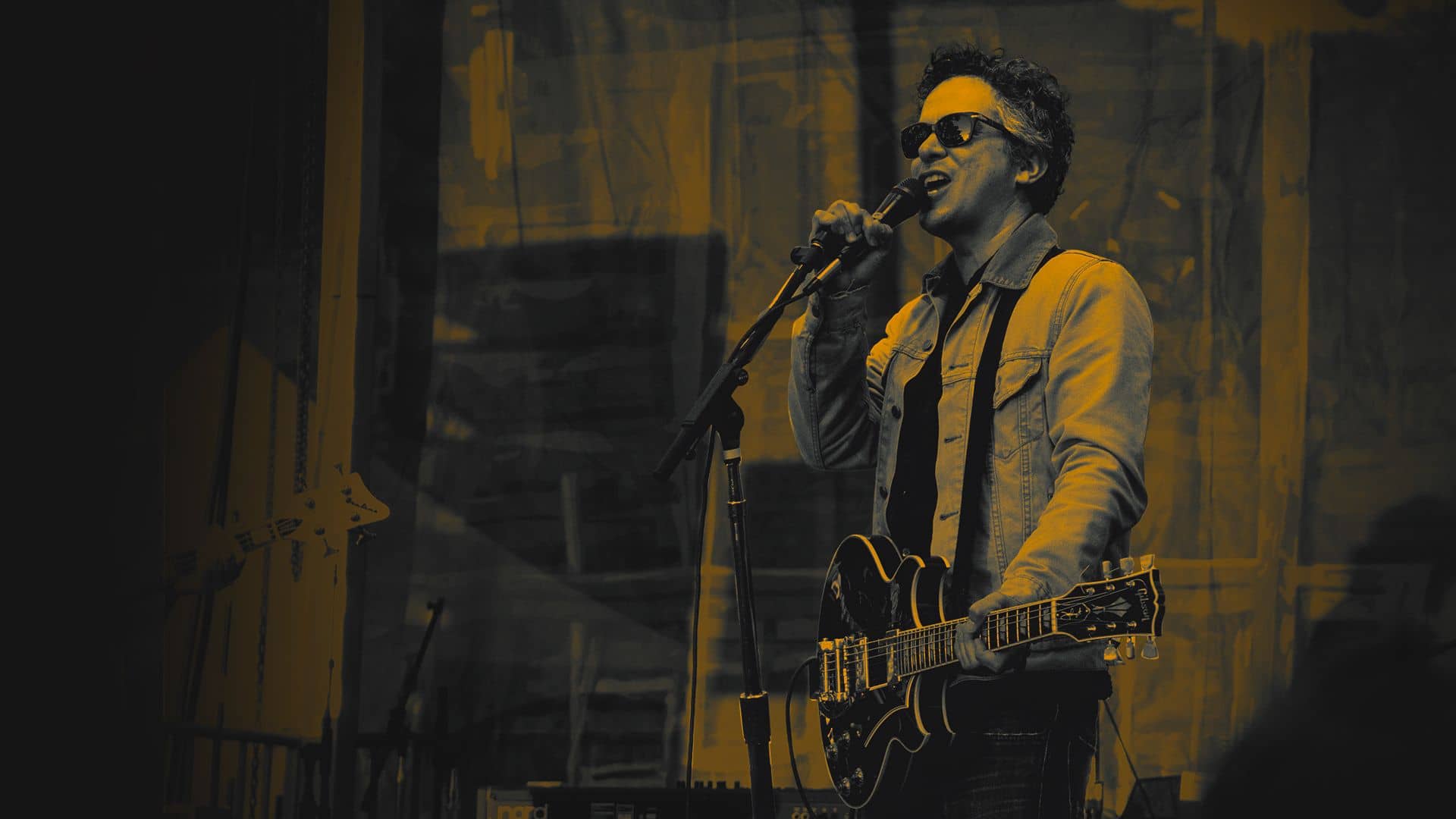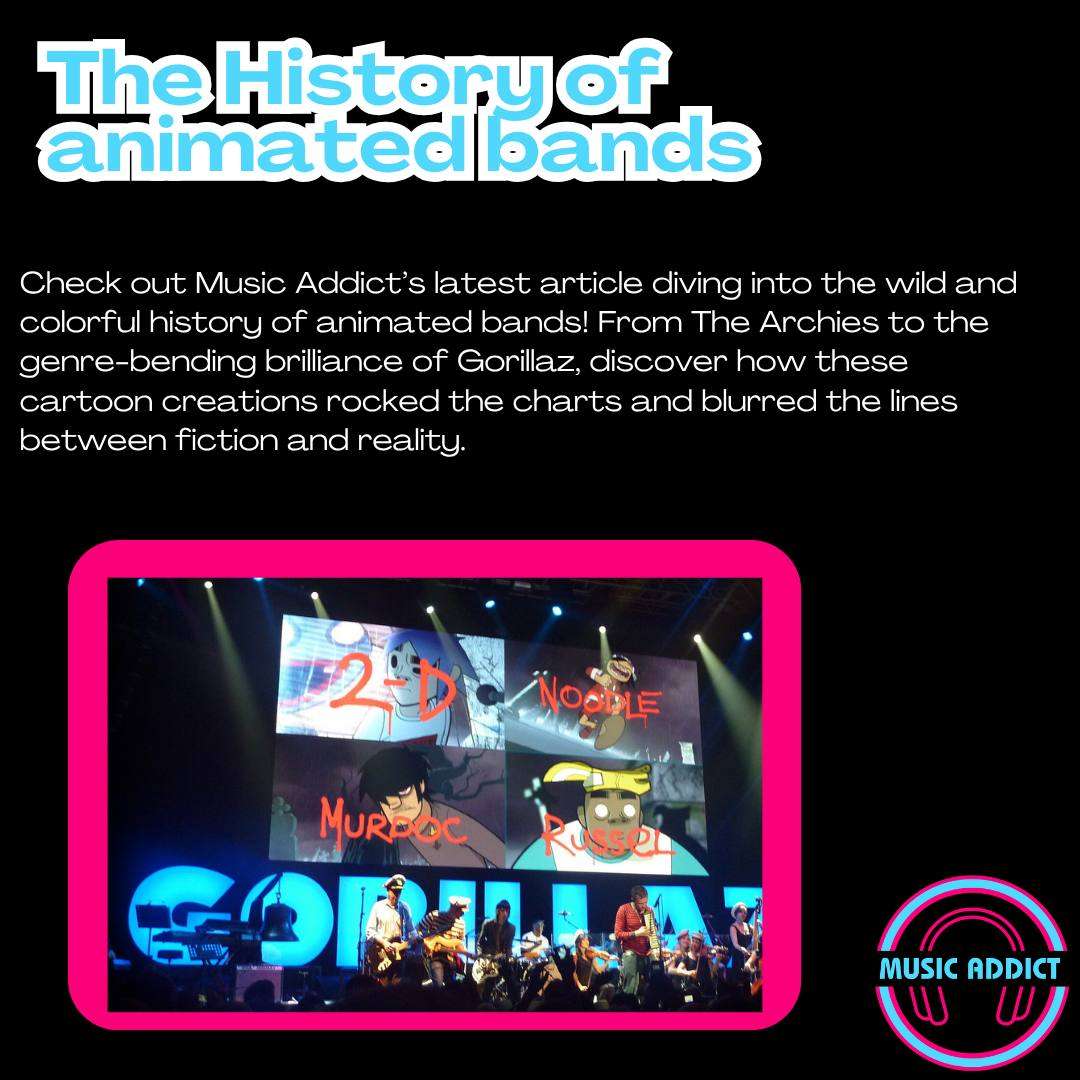From early cartoon shorts to advanced holographic performances, animated bands have reflected and influenced changing trends in both technology and music culture. Over the decades, these fictional groups have moved beyond novelty to achieve commercial success and cultural impact.
This article examines the evolution of animated bands, tracing their origins, growth, and the innovations that have enabled them to become enduring and evolving forms of musical entertainment.
Early Examples: Animated Bands in Classic Cartoons
One of the earliest examples of animated music is found in The Penguin Parade (1938), where animated penguins perform coordinated routines to a jazz score. From the 1930s to the 1950s, music played a central role in many animated films, often enhancing storytelling or providing comedic effect. In Dixieland Droopy (1954), a band of fleas performs Dixieland jazz, blending animation with musical performance in a lighthearted and creative way.
These early examples laid the groundwork for using animation to visualize musical expression in new and entertaining formats.
The Rise of Animated Bands in Pop Music
The 1950s and 1960s saw the emergence of fictional animated bands aimed at mainstream audiences. Among the most influential was Alvin and the Chipmunks, created by Ross Bagdasarian. Utilizing audio manipulation to create the chipmunks’ distinctive high-pitched voices, the group gained widespread popularity with both animated appearances and commercially released music.
In the late 1960s, The Archies emerged in popularity. They were a band based on characters from Archie Comics and they achieved chart-topping success with the song “Sugar, Sugar.” The song reached number one on the Billboard Hot 100 in 1969 and demonstrated the potential for animated bands to succeed in the real-world music industry.
Similar concepts of an animated band followed, including Josie and the Pussycats. There was even an animated adaptation of New Kids on the Block, both of which extended the appeal of animated musical acts into television and youth pop culture.
Expanding the Medium: Innovation and Style in the 1980s
The 1980s introduced new visual styles and storytelling approaches. One notable example is Jem and the Holograms (1985), a cartoon that combined fashion, drama, and music. The show followed a fictional rock band led by the alter ego of music executive Jerrica Benton. With original songs and music videos integrated into each episode, it helped set a precedent for storytelling-driven musical animation aimed at older children and teens.
The Gorillaz and the Reinvention of the Animated Band
A significant turning point in music came in 1998 with the creation of Gorillaz by musician Damon Albarn and artist Jamie Hewlett. The band features animated characters; 2-D, Murdoc Niccals, Noodle, and Russel Hobbs. They inhabit a fully realized fictional universe. Unlike earlier animated bands, Gorillaz produced music aimed at adult audiences and collaborated with well-known artists across various genres.

Their debut album, released in 2001, received critical acclaim. They continued to blend animation, music, and storytelling in their subsequent albums, videos, and live performances. Gorillaz is widely credited with expanding the potential for animated bands beyond youth markets.
Virtual Idols and Digital Concerts: The Vocaloid Era
The development of Vocaloid software in the 2000s introduced a new type of virtual performer. Hatsune Miku, the most well-known Vocaloid character, became a global sensation with a synthesized voice and a growing library of user-generated songs.
Miku’s performances often include holographic projections, allowing her to appear in concert as a 3D character. Her popularity demonstrates the viability of virtual idols as performers and the increasing role of fan participation in content creation.

Metal, Pop, and Experimental Styles in Animated Bands
Animated bands have diversified across various genres. One notable example is Dethklok, an animated death metal band from the television show *Metalocalypse*. They combine dark humor with heavy music and satirizing the music industry in hilarious ways. They also produce real albums and tour with a live band.
Another example is the Studio Killers, an animated electropop group known for their hit song “Ode to the Bouncer.” They engage with fans through anonymous virtual personas, exploring the flexibility of digital identity in the music world.
Additionally, Uta, a character from *One Piece Film: Red*, represents the increasing integration of anime and music. With her original voice provided by Japanese pop singer Ado, Uta’s music has crossed over into mainstream charts, reflecting the growing global influence of music associated with anime.
Animation as a Musical Medium
The history of animated bands mirrors broader trends in media, technology, and entertainment. What started as lighthearted musical cartoons has evolved into a complex and multifaceted form of musical performance that spans various genres, cultures, and platforms.
Advancements in animation and audio technology have blurred the line between virtual and real performers. Animated bands continue to be a unique and evolving part of the music industry. They provide artists and audiences with new ways to engage with music, storytelling, and digital creativity.

